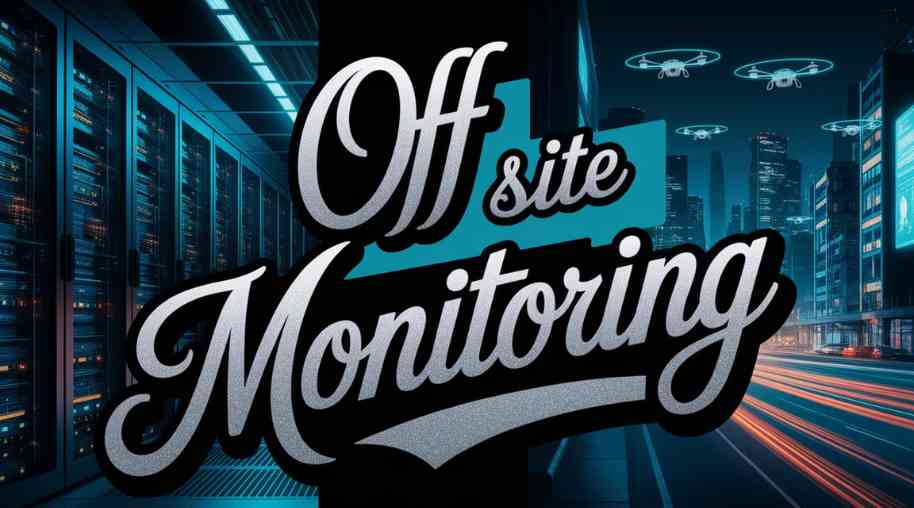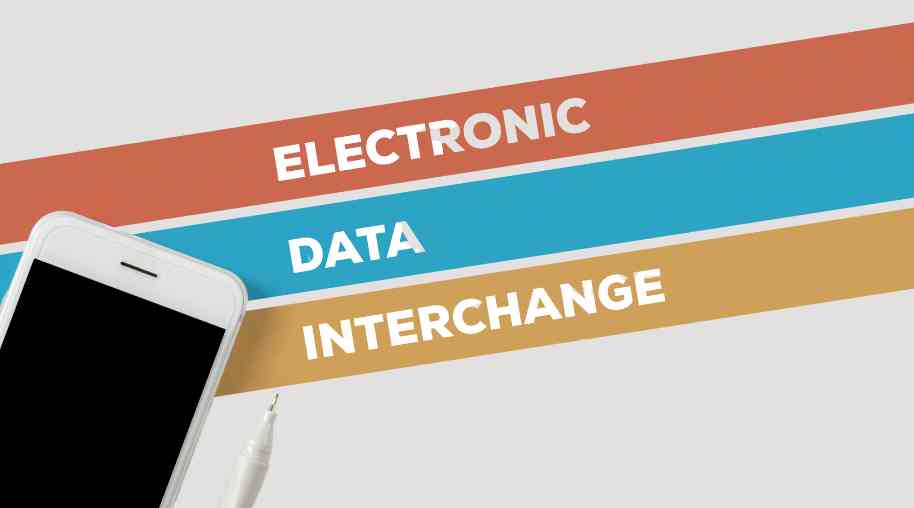OSMOS Full Form-Off site Monitoring and Surveillance
by Shashi Gaherwar
0 1009
Off-Site Monitoring and Surveillance: Enhancing Financial and Security Oversight
Off-site monitoring and surveillance (OSMOS) is a crucial mechanism used by financial institutions, regulatory bodies, and security agencies to ensure compliance, assess risks, and maintain stability without physical intervention. It leverages technology and data analytics to provide continuous oversight in banking, financial markets, corporate governance, and security systems.

This article explores the significance, key components, applications, and future trends of off-site monitoring and surveillance.
What is Off-Site Monitoring and Surveillance (OSMOS)?
Off-site monitoring and surveillance (OSMOS) refers to the practice of overseeing operations, assessing risks, and detecting irregularities remotely through data collection, analytics, and reporting tools. It eliminates the need for direct on-site inspections while ensuring compliance and efficiency.
Key Features of Off-Site Monitoring:
• Remote Data Collection: Gathers information from financial reports, digital transactions, and security feeds.
• Continuous Oversight: Enables real-time monitoring of risk indicators and compliance breaches.
• Automated Analysis: Uses AI, machine learning, and big data analytics for pattern recognition.
• Regulatory Reporting: Helps regulatory agencies track financial institutions’ adherence to legal frameworks.
• Fraud Detection and Prevention: Identifies suspicious activities to mitigate risks.
Importance of Off-Site Monitoring and Surveillance
1. Strengthening Financial Supervision
Regulatory authorities such as central banks and financial commissions use off-site monitoring to oversee banking operations, detect early signs of financial distress, and ensure economic stability.
2. Enhancing Corporate Governance
Companies adopt off-site surveillance to monitor compliance with corporate policies, detect fraudulent transactions, and improve transparency.
3. Boosting Security and Law Enforcement
Security agencies use remote surveillance tools, such as CCTV, biometric systems, and cybersecurity measures, to track and prevent unlawful activities.
4. Risk Management and Fraud Detection
Financial institutions leverage off-site monitoring to identify potential fraud, money laundering, or cybersecurity threats through predictive analytics.
5. Regulatory Compliance
Organizations must comply with national and international regulations such as Basel III, Anti-Money Laundering (AML), and Know Your Customer (KYC) norms. Off-site monitoring ensures timely compliance without on-site inspections.
How Does Off-Site Monitoring Work?
Off-site monitoring involves multiple stages to ensure effective surveillance and risk mitigation:
1. Data Collection
a. Institutions submit periodic financial reports, audit statements, and real-time transaction records to regulatory bodies.
b. Security surveillance tools collect footage, logs, and metadata for analysis.
2. Data Processing and Analytics
a. Advanced AI and machine learning algorithms analyze the collected data to identify patterns, anomalies, and risks.
3. Risk Assessment
a. The system flags potential threats such as financial instability, fraud, or security breaches.
4. Reporting and Compliance Checks
a. Regulatory authorities and corporate compliance teams generate reports based on insights from monitoring data.
5. Actionable Measures
a. Organizations take corrective actions such as policy adjustments, investigations, or risk mitigation steps.
Applications of Off-Site Monitoring and Surveillance
1. Banking and Financial Institutions
• Regulatory Compliance Monitoring: Ensures adherence to Basel norms, RBI guidelines, and SEC regulations.
• Fraud Detection: Identifies suspicious transactions related to money laundering or insider trading.
• Credit Risk Assessment: Evaluates financial health and risk exposure of banks and NBFCs.
2. Stock Markets and Investment Firms
• Market Surveillance: Tracks stock price manipulations, insider trading, and speculative trading patterns.
• Portfolio Risk Monitoring: Helps asset managers assess market risks and make informed investment decisions.
3. Cybersecurity and Data Protection
• Threat Intelligence: Identifies cyber threats, hacking attempts, and data breaches.
• Incident Response: Allows quick action against cyber attacks by analyzing security logs.
4. Corporate and Industrial Security
• Employee Activity Monitoring: Tracks compliance with workplace policies and ethical guidelines.
• Supply Chain Security: Ensures remote oversight of logistics, transportation, and distribution networks.
5. Public Safety and Law Enforcement
• Remote Surveillance Cameras: Used for crime detection and prevention.
• Biometric and AI Recognition Systems: Helps identify suspects and monitor public spaces.
Challenges in Off-Site Monitoring and Surveillance
Despite its benefits, off-site monitoring faces several challenges:
1. Data Privacy and Security Risks
• Increased digital surveillance raises concerns about personal data privacy and cybersecurity threats.
2. High Dependence on Technology
• A system failure, hacking, or power outage can disrupt monitoring operations.
3. False Positives and Automated Errors
• AI-driven monitoring may generate false alerts, leading to unnecessary investigations or actions.
4. Integration with On-Site Inspections
• Off-site monitoring should complement, not replace, on-site audits for a comprehensive risk assessment.
Future Trends in Off-Site Monitoring and Surveillance
With rapid advancements in technology, the future of off-site monitoring is evolving:
1. Artificial Intelligence (AI) and Machine Learning (ML)
• AI-driven predictive analytics will enhance fraud detection and regulatory oversight.
2. Blockchain Integration
• Secure, transparent data storage using blockchain can improve audit trails and reduce fraud risks.
3. Real-Time Monitoring with IoT
• Internet of Things (IoT) devices will provide real-time surveillance in industries, banking, and security sectors.
4. Cloud-Based Monitoring Systems
• Cloud solutions will enable more scalable, remote, and accessible monitoring platforms.
5. Biometric and Facial Recognition Systems
• Enhanced biometric authentication will strengthen security measures in financial transactions and law enforcement. Off-site monitoring and surveillance play a critical role in financial supervision, security enforcement, and regulatory compliance. By leveraging technology-driven solutions like AI, big data, and blockchain, organizations can detect risks, ensure transparency, and enhance decision-making without physical intervention. While challenges like data privacy and system dependency exist, ongoing advancements promise a more secure and efficient future for off-site monitoring and surveillance systems.

Share:








Comments
Waiting for your comments